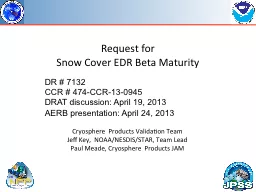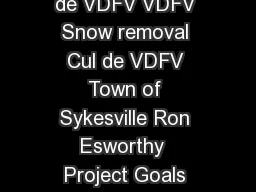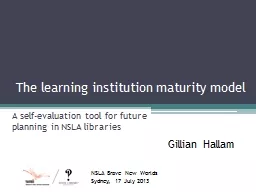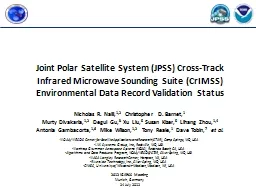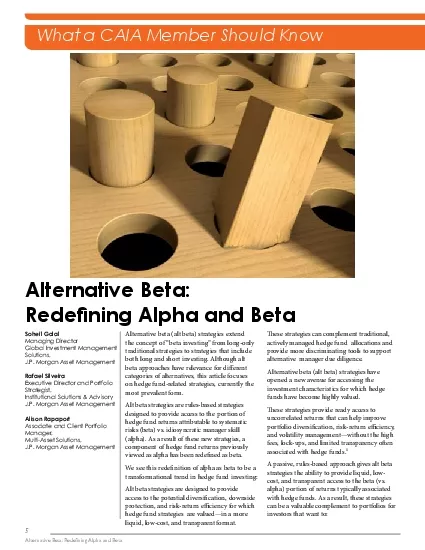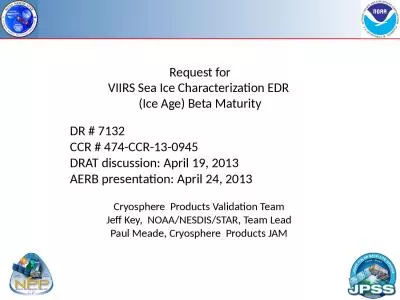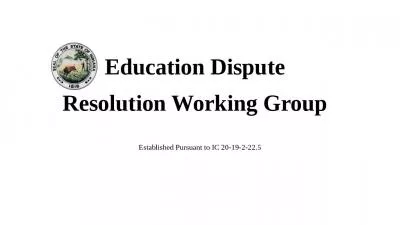PPT-Request for Snow Cover EDR Beta Maturity
Author : groundstimulus | Published Date : 2020-07-02
Cryosphere Products Validation Team Jeff Key NOAANESDISSTAR Team Lead Paul Meade Cryosphere Products JAM DR 7132 CCR 474CCR130945 DRAT discussion April 19 2013
Presentation Embed Code
Download Presentation
Download Presentation The PPT/PDF document "Request for Snow Cover EDR Beta Maturity" is the property of its rightful owner. Permission is granted to download and print the materials on this website for personal, non-commercial use only, and to display it on your personal computer provided you do not modify the materials and that you retain all copyright notices contained in the materials. By downloading content from our website, you accept the terms of this agreement.
Request for Snow Cover EDR Beta Maturity: Transcript
Download Rules Of Document
"Request for Snow Cover EDR Beta Maturity"The content belongs to its owner. You may download and print it for personal use, without modification, and keep all copyright notices. By downloading, you agree to these terms.
Related Documents

